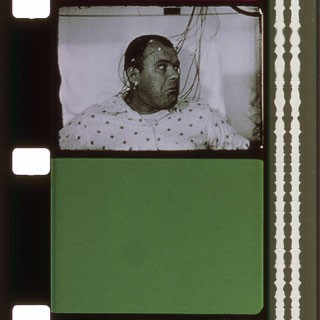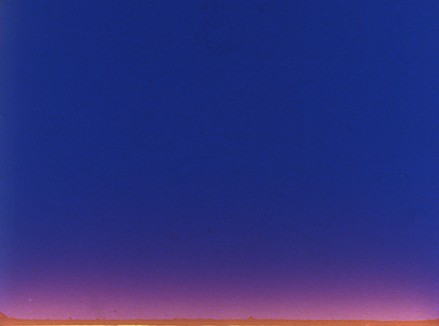
Declarative Comparisons
Films
Description
Join us on Monday, February 26th, 2024, at 7pm, at the FMC Screening Room (475 Park Avenue South, 6th Floor) for two essential Paul Sharits films, curated by Andrew Reichel!
Paul Sharits' Epileptic Seizure Comparison and Declarative Mode were originally part of his work with looping multi-projector gallery pieces, called "Locations." Where Declarative Mode is entirely colored frames, Epileptic Seizure Comparison also utilizes footage and audio of two patients undergoing medically induced seizures, designed, according to Sharits, to "allow the viewer to move beyond mere voyeurism and actually enter into the convulsive state, to allow a deeper empathy for the condition and to also, hopefully, experience the ecstatic aspect of such paroxysm."
The multi-projector "Location" pieces would be reconfigured into versions for distribution: Epileptic and Declarative would go from two screens to one. The slight variations in timing caused by utilizing looping projectors were turned into a fixed form, but despite the assumption that this was done for practical or financial reasons, Sharits felt that Epileptic's single-screen version allowed for "a deeper sense of engagement with each of them, with their struggles – one can truly focus in, whereas in the two-screen version [...] one’s attention is diffused and one is forced to make a difficult gestalt in comparing the two men’s struggles," while Declarative Mode's single-screen version allowed the audience to "feel as if we are on some kind of journey, where we can never know/predict what is to ‘happen’ next." Sharits did not consider them inferior: the ultimate goal was another variation.

